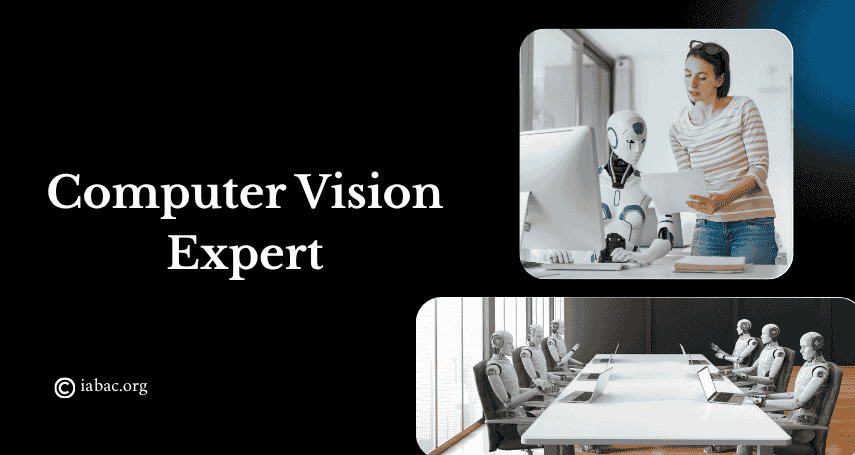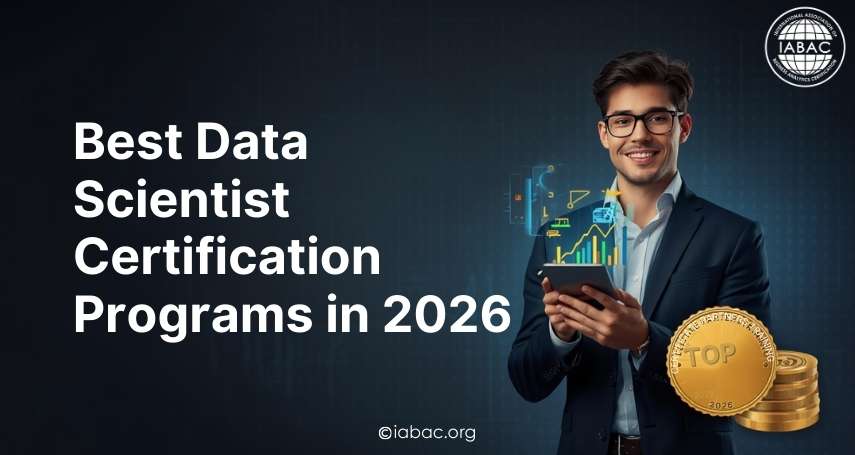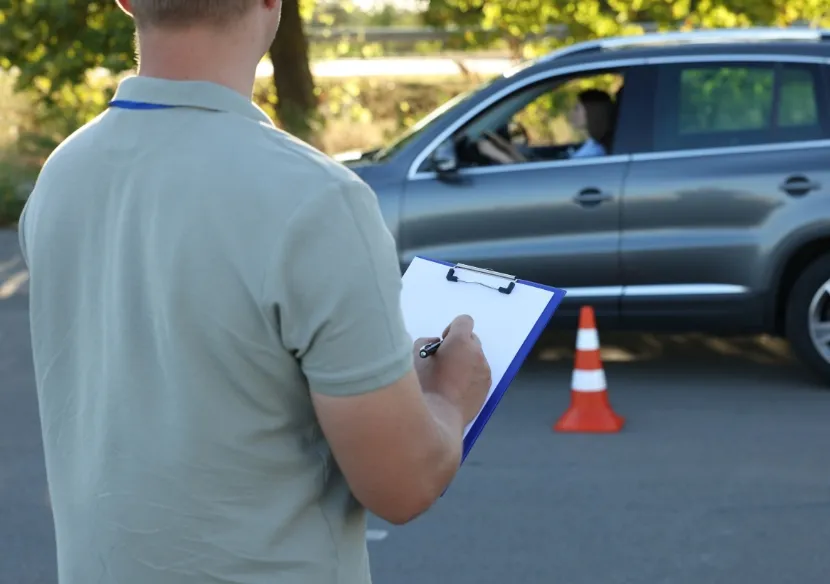
Technology today can recognize faces, detect diseases, and even help cars drive themselves. Behind these breakthroughs stands one key professional the Computer Vision Expert. This field blends programming, artificial intelligence, and mathematics to help machines understand what they see.
If you’ve ever wondered how to become a Computer Vision Expert from scratch, this guide lays out the path clearly from foundational skills to professional mastery.
Understanding the Role of a Computer Vision Expert
A Computer Vision Expert develops systems that interpret visual data like images or videos and make decisions from them. These systems power everything from medical imaging and self-driving cars to facial recognition and retail analytics.
Unlike general AI professionals, a Computer Vision Expert specializes in helping machines “see” and analyze the visual world accurately. They train algorithms to detect patterns, track movement, identify objects, and interpret scenes. It’s a role that demands both analytical and creative thinking.
Step 1: Build the Right Foundation
Every strong career starts with the basics. For computer vision, that means mastering math, programming, and core computer science concepts.
Start here:
- Learn Python, as most computer vision frameworks like OpenCV, TensorFlow, and PyTorch rely on it.
- Strengthen your grasp of linear algebra, calculus, and probability the math behind image transformations and neural networks.
- Understand how images work pixels, color spaces, and how digital images represent the physical world.
These fundamentals may feel abstract initially, but they shape the way you’ll design and optimize models later. Missing them can lead to confusion once projects get complex.
Step 2: Dive into Machine Learning and Deep Learning
Once the foundation is clear, move into machine learning and deep learning the core of modern computer vision.
Start with classic machine learning techniques such as Support Vector Machines (SVMs) and Decision Trees to learn how algorithms make predictions from data.
Then progress to Deep Learning, focusing on Convolutional Neural Networks (CNNs). CNNs are the backbone of nearly every modern vision system. They enable machines to detect faces, classify images, and understand context.
Use frameworks like TensorFlow and PyTorch to experiment. Try replicating simple models, then tweak them. Learning by doing will help you connect theory to real-world outcomes.
At this stage, it’s easy to feel overwhelmed the concepts can be dense, and results may not come immediately. Staying patient and building small, iterative projects helps you develop confidence as a future Computer Vision Expert.
Step 3: Build Real-World Projects
Knowledge without application fades quickly. To establish yourself as a Computer Vision Expert, you need to build practical projects that show your skills in action.
Project ideas:
- Image classification (cats vs. dogs)
- Object detection (cars, people, signs)
- Image segmentation (highlighting specific regions)
- Facial recognition (verifying identity)
- Gesture or emotion detection
Use datasets from Kaggle or Google Open Images. These projects teach you how to collect, clean, and label data tasks every Computer Vision Expert must handle.
Once you complete a project, analyze where your model struggled. Was it overfitting? Missing data variety? These lessons shape your problem-solving mindset.
Step 4: Explore Advanced Topics and Specialize
After gaining practical experience, focus on specialization. Computer vision is vast, and no one masters it all.
You might choose paths like:
- Medical Imaging – using AI to detect diseases from scans
- Autonomous Systems – building vision for self-driving vehicles
- Retail and Security – real-time people tracking and analytics
- Augmented Reality (AR/VR) – merging vision with interactive experiences
Explore advanced subjects such as 3D vision, transformers for vision (ViTs), and multi-modal AI that combines vision with text or sound.
Staying updated through research papers, online courses, and professional networks keeps your knowledge relevant. The most successful Computer Vision Experts never stop learning they evolve as fast as the technology they use.
Step 5: Build Your Professional Presence
Technical expertise is essential, but visibility builds authority. Recruiters and companies often look for active contributors who share their work publicly.
Ways to grow your professional identity:
- Publish your projects on GitHub with clear documentation.
- Write short blog posts explaining your learning journey or case studies.
- Engage in forums like Reddit’s r/computervision or Stack Overflow.
- Attend AI meetups, conferences, or webinars to connect with peers.
As your portfolio grows, so will your confidence. A Computer Vision Expert who demonstrates curiosity and practical impact earns trust faster than one who only lists certifications.
Step 6: Continuous Learning and Adaptability
The field of computer vision evolves quickly. Techniques that were groundbreaking two years ago may already be outdated.
To stay relevant:
- Follow research repositories like arXiv for new model architectures.
- Subscribe to AI newsletters and podcasts.
- Keep experimenting with emerging frameworks and datasets.
- Learn how vision connects to broader domains like Natural Language Processing and Edge AI.
Adaptability isn’t optional it’s part of what defines a Computer Vision Expert.
Common Struggles Along the Way
Every learner faces moments of doubt confusion about math, errors in code, or projects that fail unexpectedly. What separates successful learners is persistence.
Break challenges into smaller pieces. Take time to debug carefully. If you hit a wall, revisit simpler problems until you rebuild momentum. Consistency, not speed, shapes real expertise.
Becoming a Computer Vision Expert is less about shortcuts and more about persistence, curiosity, and disciplined learning. Start small, build often, and stay connected with the community.
As AI continues to evolve, the ability to give machines the power to “see” will only grow in importance. With each project, you’re not just writing code you’re shaping how technology perceives the world.
So begin today. Learn the basics, build your first project, and take one step closer to becoming the Computer Vision Expert the future depends on.







